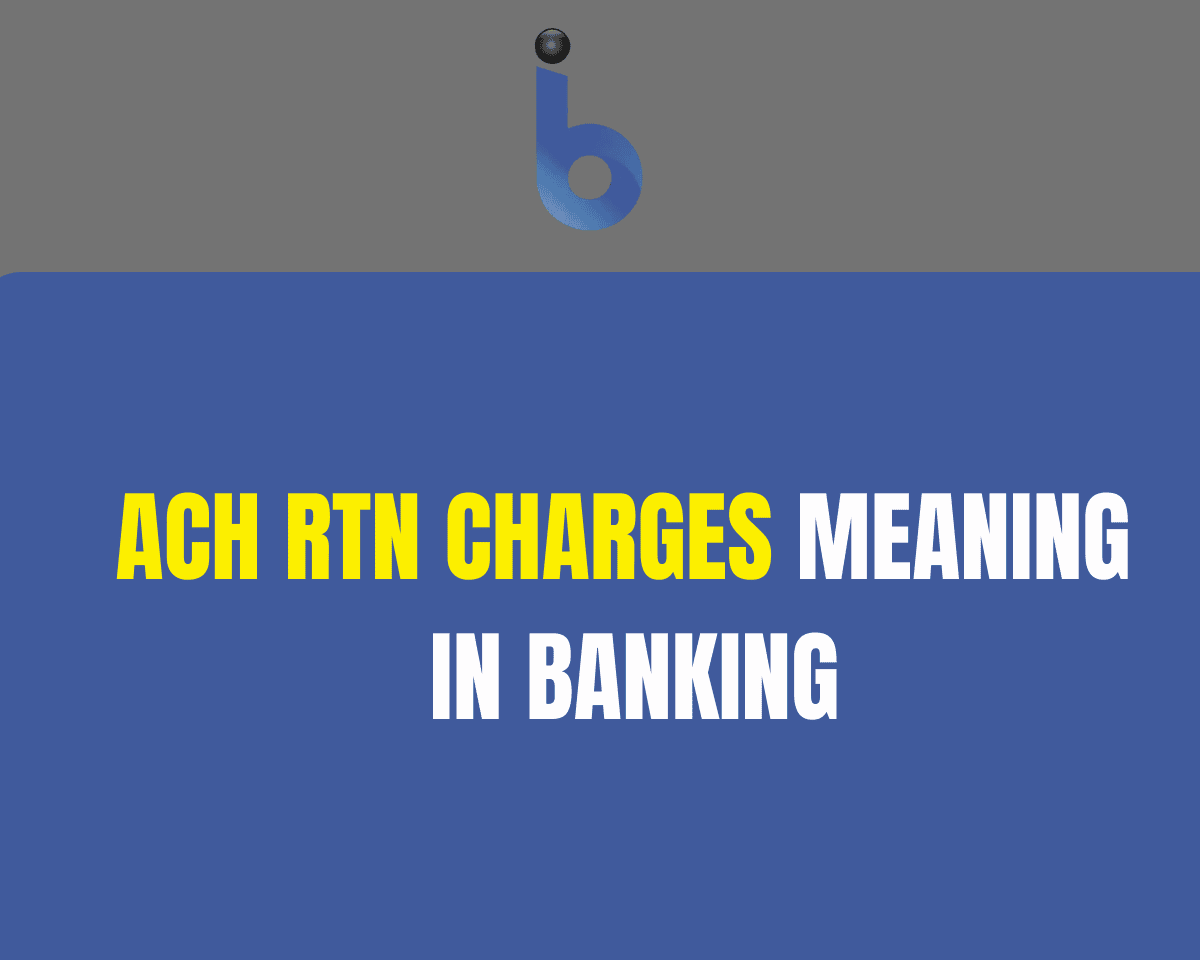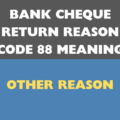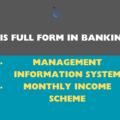The Automated Clearing House, commonly known as ACH, is an electronic funds-transfer system that helps facilitate payments through digital transactions/transfers between financial institutions. These transactions are regulated by NACHA, which is a short form for the National Automated Clearing House Association.
To transfer funds between banking institutions, ACH uses the customer’s account information and the bank routing number. Usually, these transactions are a lower-cost option as compared to credit cards, debit cards, or wire transfers.
In addition to so many other things, the ACH can be used for direct deposits, recurring bill payments, payroll payments, large transactions in the professional services industry, peer-to-peer and business-to-supplier transactions, and for all businesses for customer transactions, etc.
In this article post, we will extensively talk about detailed information on ACH payments, understanding ACH returns in banking, and the meaning of ACH Rtn Charges. Just stay tuned and keep reading this blog post for more information.
Understanding ACH Returns In Banking
You should know that usually, successful ACH debit transactions can be settled within one or two business days. However, unsuccessful or rejected ACH payments result in a return entry. ACH returns are commenced when the transactions are not processed as expected. And because ACH transactions cannot be processed in real-time like a credit card or debit card authorization, therefore, some of these transactions can be returned/rejected after they are assumed complete.
In this instance, an ACH return code is generated related to the issue, and the RDFI (Receiving Depository Financial Institution) notifies the ODFI (Originating Depository Financial Institution) with a three-digit alphanumeric code. Each code has the alphabet R, followed by two digits. ACH return codes help you identify the reason why an ACH payment was returned by the recipient’s bank. This way these codes make it easier for the originating and receiving financial institutions to spot and communicate payment failures. There are more than 80 reasons (R01 to R85) why an ACH payment may be rejected/returned.
For example, code R01 implies that the ACH return is due to insufficient funds in the bank account, code R07 means that it is due to the customer revoked authorization, and R10 implies that it is due to the originator is not known and/or not authorized to debit receiver’s account.
In any case, you can usually resolve these issues by coordinating with the customer or the financial institution involved. However, the best way to understand how to resolve an ACH return is to look at the code to determine the cause.
What Is The Meaning Of ACH Rtn Charges In Banking?
ACH return charges are simply fees that are charged by payment processors, service providers, or banks. It is charged as debit return charges, usually a payment that is digitally deducted from a bank account.
To make the ACH debit payment procedure convenient and hassle-free, there are several types of costs involved, such as the fee to create the recurring transaction, the debit fee for the transaction, and many other fees. As far as the costs for returned payments are concerned, they are an additional cost that differs from bank to bank but is usually passed on to the consumer in the same way a bounced cheque would be liable to pay a fee.
You should know that transactions that involve automatic payments can fail for various reasons. However, ACH return charge is charged if no reason for the same is provided, if there are insufficient funds in the bank account, if the bank information of the payment receiver is incorrect, or if any other reason is generated in accordance with a return code.
To avoid ACH RTN charges keep suffiicient balance in your account. If you have EMI, you should maintain your account balance 2 days before the EMI date to avoid penalty.
To Wrap Up
When you consider adding low-cost ACH payment processing to your business, you should have a complete understanding of the mechanisms for how this type of transaction is processed and what to do when a payment is rejected.
In this article, we have provided you with detailed information and easy guidance on ACH payments, understanding ACH returns in banking, and the meaning of ACH Rtn Charges so that you can take the necessary action accordingly.





Be the first to comment